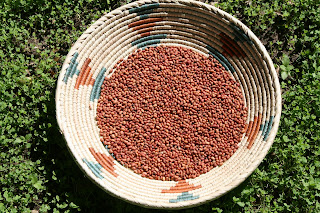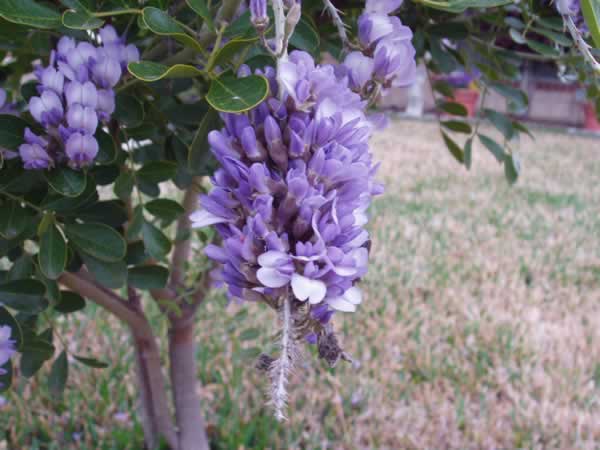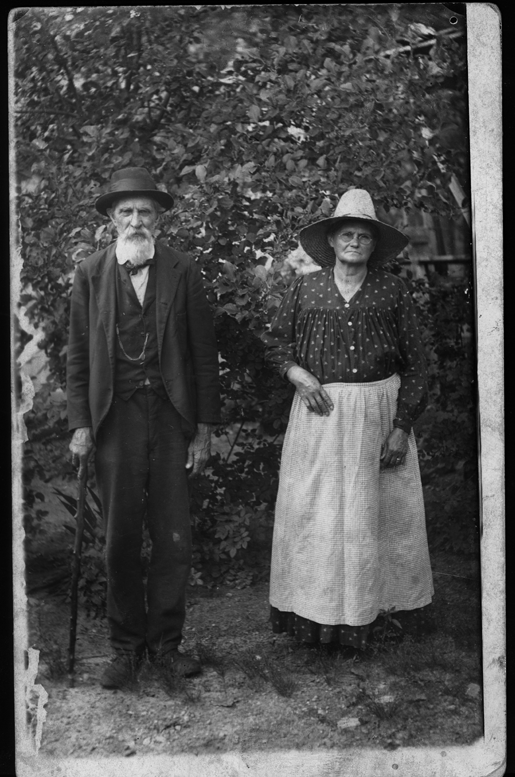Step 1: So I mowed down 4 foot tall plants in the front yard, readily scattering all the cowpea seeds and planting them nicely in the dirt which I later tilled (step 2). This was an error as it turns out, since two days later I had an entire yard of baby cowpea plants. So I repeat Step 2 and till up all these baby plants. Two days later the yard is somewhat less full of baby cowpea plants. Mkay. Gonna have to do this again.
You might have noticed that our yard is on a fairly steep slope. In order to prevent erosion and to retain water, one of our reference books recommends digging a "Swale." This is a lateral mound that you create through hours and hours of backbreaking labor. Below is a visual representation of what a swale looks like (I'll add my own photos later).
 It serves a few purposes: one is to collect water which then slowly seeps into the ground where it is retained. Secondly it slows erosion. Ours looks a lot like this except sloppier.
It serves a few purposes: one is to collect water which then slowly seeps into the ground where it is retained. Secondly it slows erosion. Ours looks a lot like this except sloppier.We have numerous goals for our landscaping. One of the first is to plant a ground cover that meets a number of requirements: evergreen, heat and drought tolerance, durable and organic matter producing. We are going with a mixture of seed that we bought from Peaceful Valley Organics yet again. This one is part fescue, part perennial rye and part New Zealand White Clover. It's our expectation that this will stay pretty green until Summer kicks back in by next June/July, at which point we may need to overseed with some more clover, which is more heat tolerant than the rye or the fescue. We'll broadcast the seed next week and post updates.





















